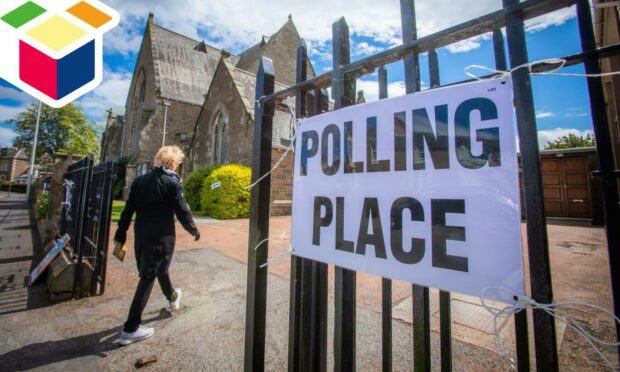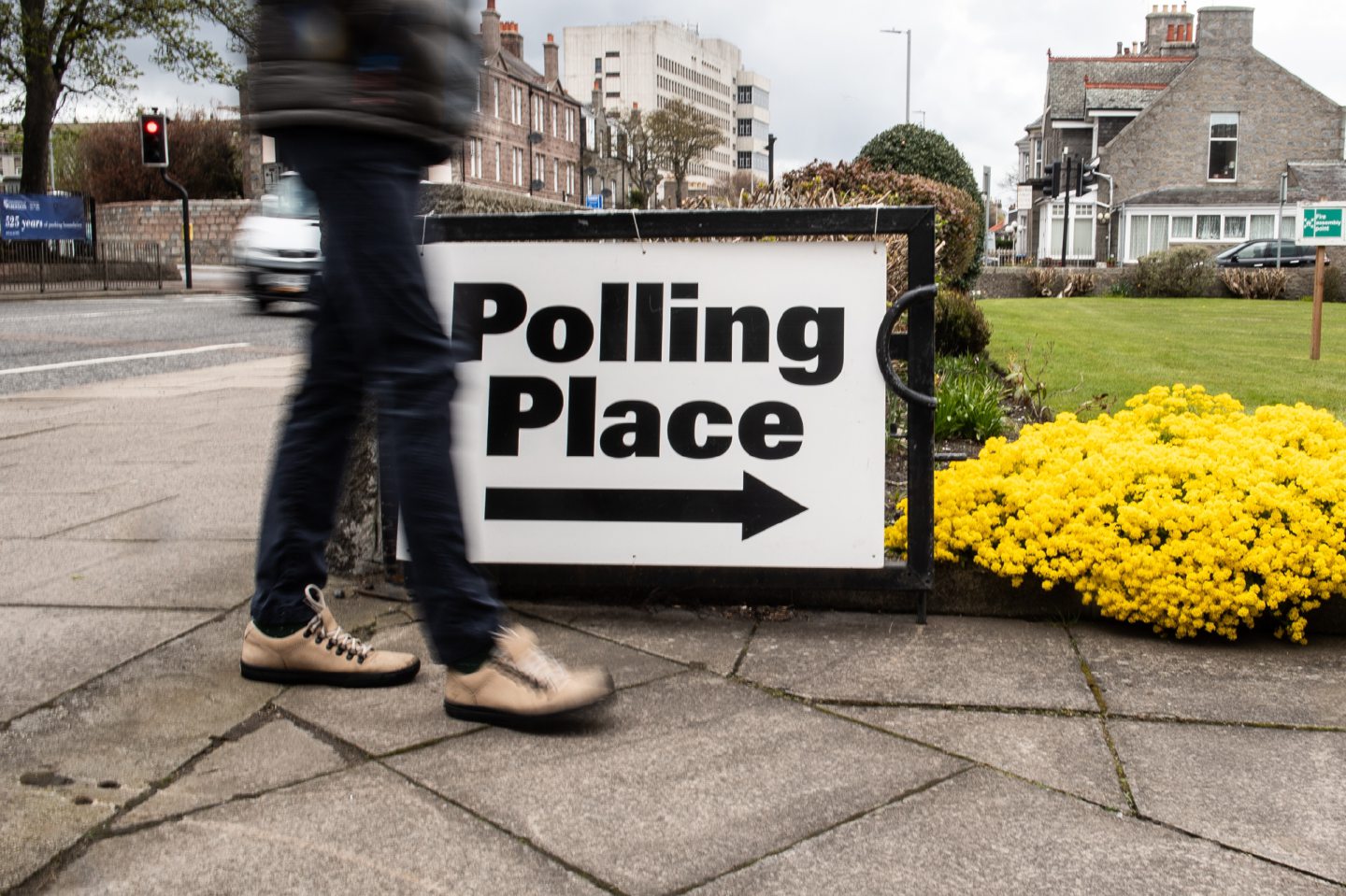Scotland’s local council elections use a unique voting system that lets you rank candidates by preference.
The Single Transferable Vote method was first introduced in 2007 and has been used across the country since.
It’s a proportional voting system that aims to stop individual parties from dominating local governments.
Here’s all you need to know about how to cast your ballot at the election on May 5.
How do you cast your vote in council elections?
Most UK electoral systems see voters place an ‘X’ in the box next to their preferred candidate.
However, STV instead allows Scots to rank all hopefuls on the ballot in order of preference from best to worst.
Voters should put a ‘1’ next to their favourite candidate and then continue to number the others in order of who they would most like to see become a councillor.
You are not forced to rank every contender and can choose to list as many or as few as you like.
That’s the easy bit.
Once voters have ranked the candidates they want to see in their ward, it gets complicated for the people counting the votes…
How are councillors elected under STV?
Local councils across Scotland are all split into wards, with a select number of candidates running in each area.
Major political parties often stand more than one person in an individual ward since between two and five councillors can be elected.
First preference votes are counted after ballots are cast and polling stations close.
Candidates are then duly elected as councillors if they meet the assigned threshold.
The number of votes initially needed to be elected depends on how many contenders are competing in each ward.
For example, if an area has four council seats up for grabs, the first winning candidates only require a quota of around 20% of the vote to be successful.
After the first preferences are tallied, a second count is held if any seats remain unfilled.
Votes are transferred to second choice candidates when someone’s first preference is either elected or removed from the process for not having enough support.
Competitors are eliminated if they have the lowest number of votes and nobody else hits the quota to be elected.
The count continues until all available spaces in the council ward have been filled.
If the number of people standing is equal to or lower than the number of seats available in the ward, then they automatically become councillors.
Why is STV used?
The STV voting system is used to ensure results are proportional and boosts representation for smaller parties who may otherwise struggle.
Instead of winning local government majorities, rival parties often need to form coalitions and must cooperate together to pass policy.
Voters don’t need to snub their favourite candidates and can still influence the result if their first choice falls out of the race.
It means the public can cast a ballot for their preferred choice while still being able to vote tactically to try and keep out someone they strongly dislike.

